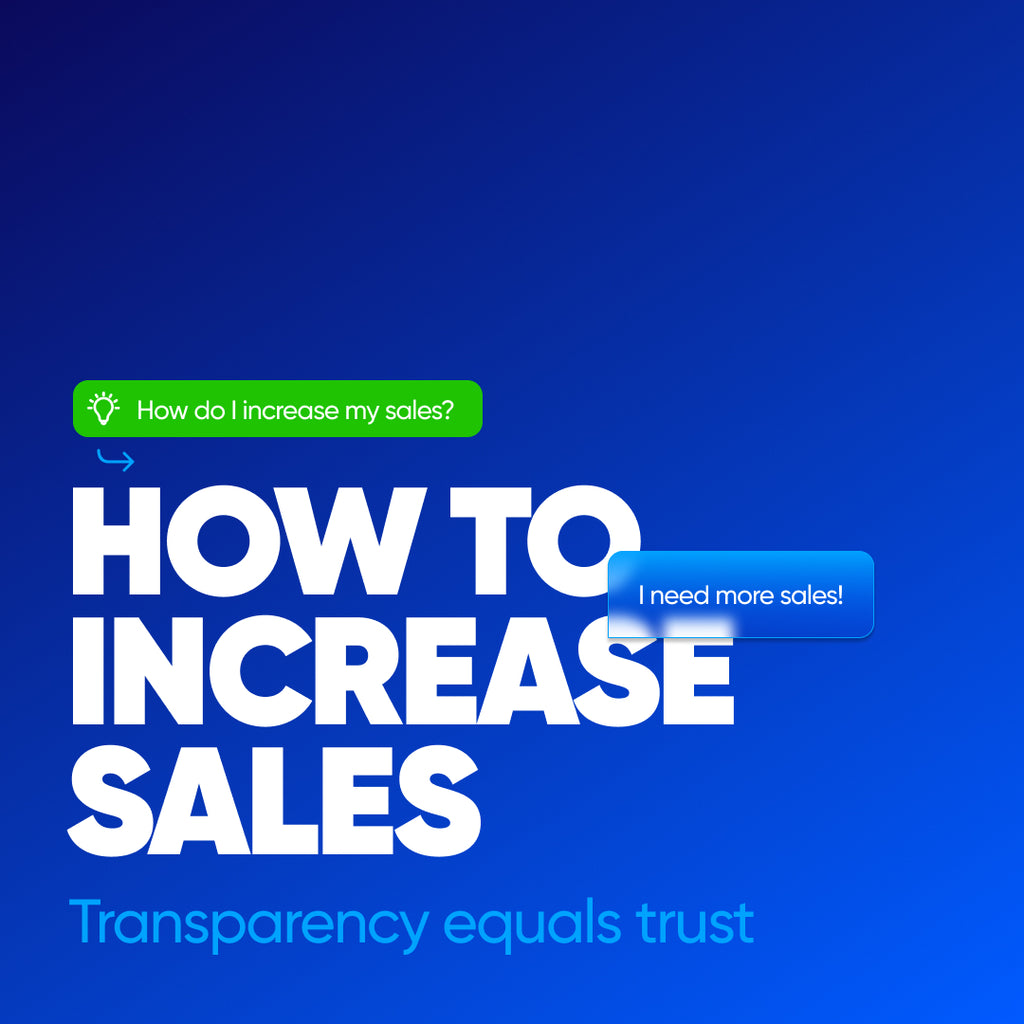While you clicked this article to establish the concept "Brand Strategy," it's essential to understand what branding means. In the simplest of terms, branding is how a business distinguishes itself from the competition.
Have you ever wondered why non-alcoholic beverage companies like Coca-Cola and Pepsi sell more than the competition? Well, the answer is branding. If you ever want to run a business that thrives, you'll need to build a brand. To do that, you'll require a brand strategy.
In the subsequent paragraphs, we'll be giving intending entrepreneurs and regular readers an insight into the world of brand strategy. Read on if you're interested in having a foundation on the concept and what variations you can employ.
Brand Strategy: What Does It Entail?
Brand strategy refers to long-term plans incorporated by any business entity to achieve specific results and designated goals. The success of any brand strategy is determined by its ability to make positive changes in the focal points of any business.
Therefore, when a successful brand strategy is employed, there should be noticeable improvements in customer service, competitive advantage, and, most importantly, fiscal revenue.
Reading through this definition, it sounds pretty straightforward, right? However, there's more to a brand strategy than just putting out a beautiful logo and a stellar website. Developing a successful one involves combining some intangible features that'll foster brand awareness as time goes on.
So, how do you craft the perfect strategy? Let's take a peek at common brand strategy variations and how to use them to your advantage.
Branding Strategies to Note: Top 5 Examples
Here are the top branding strategies to consider if you're ready to get your business off the ground. These techniques have been used by some of the most successful brands on the market. So, they have a proven track record of positive results.
Personal Branding
As the name suggests, personal branding, instead of paying attention to the whole business, focuses on an individual. With this form of branding, the innate attributes of a person, such as intelligence, character, and charisma, comes to the fore.
Typical examples are politicians and celebrities who try to maintain a perfect version of themselves in public. It's no surprise that individuals like Elon Musk can sell products to consumers irrespective of their offering.His selling point? Intelligence. While almost anyone can build a personal brand, having a platform might be the most challenging aspect.
Product Branding
Product branding is becoming more popular amongst businesses as it's a strategy aimed at giving customers an instant heads-up once a product comes into view.
Typically, products sport different logos for a specific target market, and these logos are often in the form of shapes, letters, and abstract objects. Here, distinction is the watchword.
Corporate Branding
Albeit formal, corporate branding has proven itself time and time again for the biggest companies in the world. Entities engage corporate branding to give their target market some insight into their core values and goals at first glance.
With the popular "Just Do It" mantra on all Nike shoes, they've staked a claim in this saturated market. Although most people might think it just a trivial write-up, it's an effective marketing gimmick that makes anyone feel they've got what it takes to be an athlete simply with the footwear on.
Service Branding
Service branding is a strategy employed by companies using excellent customer service as a focal point to their target audience. For example, Qatar Airways is one airline that provides customers with a world-class flight experience. Here, action speaks louder than words.
Co-Branding
Think about co-branding as a merger between two companies. When a merger is complete, the target audience of both entities are brought together. Consequently, there's increased brand awareness and revenue. Most times, this strategy is employed when there's a plan to enter a new market entirely.
What's Next for You and Your Business?
Implementing all the branding methods above is practically impossible, especially for a fledgling company. There are loads of factors to consider ranging from budget to the target audience and the overall market. A great way to get started is to use one that won't consume your resources extensively. That way, you can mitigate losses while casting your sights on implementing another strategy that can yield huge dividends.
There's no harm in making constant branding efforts until you get that huge business break!
View Creatibly's Brand Strategy Service here.

Learn What is Brand Strategy by Scott Luscombe of Creatibly




